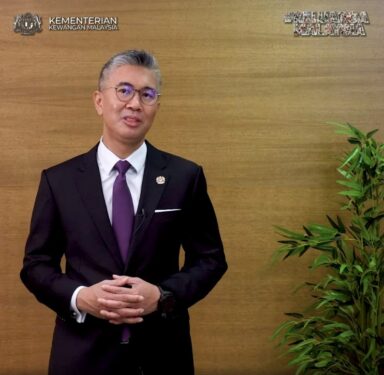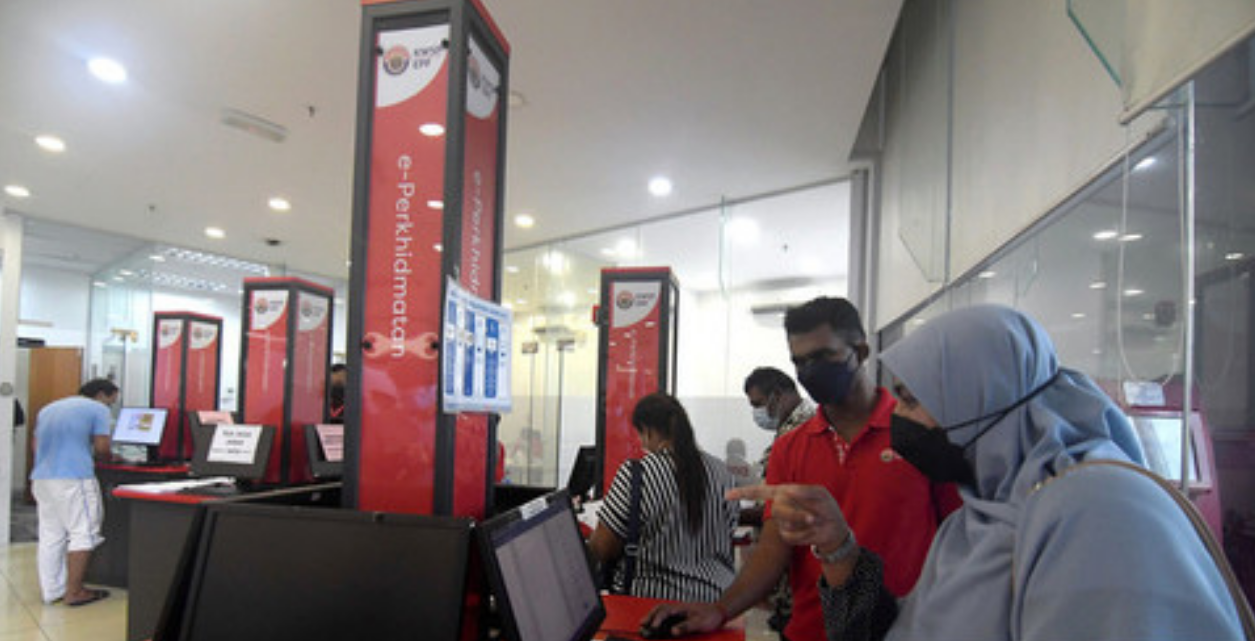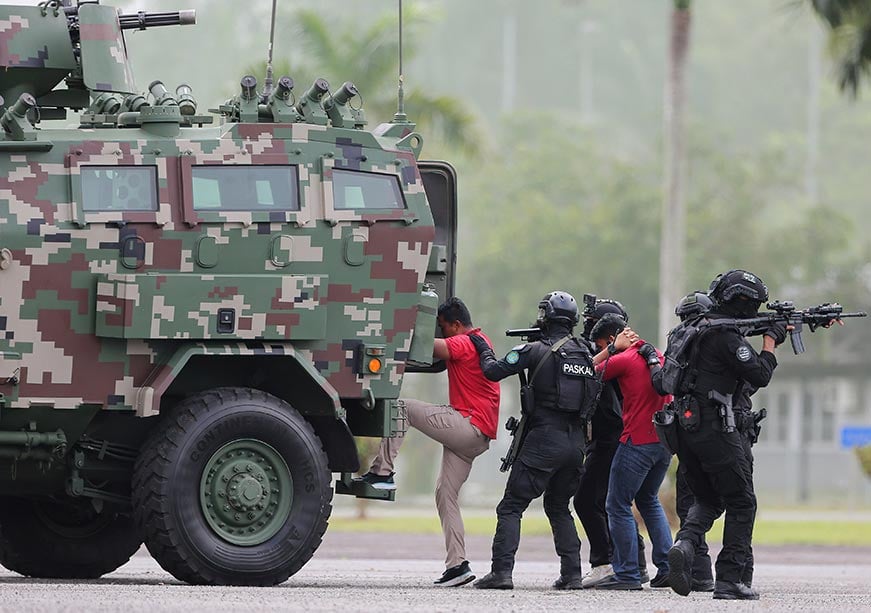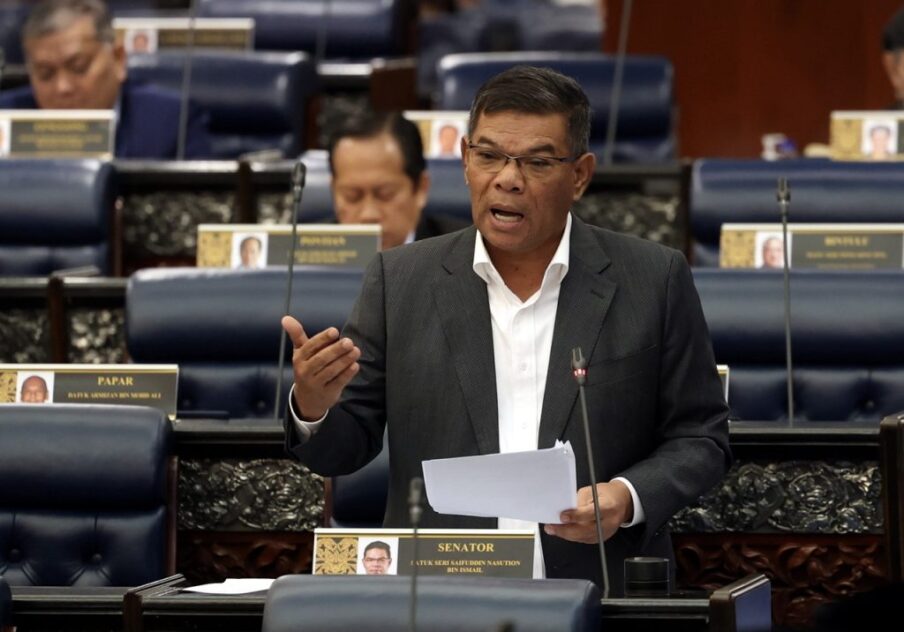THE Employees Provident Fund (EPF) will begin disbursing its RM10,000 special withdrawal effective today instead of Wednesday (April 20) as originally scheduled even amid concerns by the retirement fund itself that incessant withdrawals can eventually spark a retirement crisis in Malaysia.
In a Facebook posting yesterday (April 17), Finance Minister Tengku Datuk Seri Zafrul Abdul Aziz said the decision to expedite the disbursement process – albeit only by two days – was made following comments and messages on social media asking if the “disbursement (process) can be made faster”.
“I have heard your voices. After discussing the matter with EPF, I am pleased to announce that the payments of the special withdrawal will be credited gradually starting from April 18 (today) instead of April 20 as previously announced,” he announced.
He further added that he hoped the announcement would help make this year’s Hari Raya celebrations more joyful for the Malaysian Family.
The RM10,000 special withdrawal will be the fourth withdrawal after i-Lestari and i-Sinar in 2020 and i-Citra in July 2021 to meet the urgent cash flow needs of EPF members during the periods of the movement control orders (MCOs) and the subsequent economic slowdown.
As of end-2021, a total of RM101 bil had been withdrawn under the first three facilities.
Recall that soon after Prime Minister Datuk Seri Ismail Sabri Yaakob sanctioned another withdrawal facility to help people cope with the COVID-19 hardship, EPF had followed up with a stern reminder that the country could be staring at a retirement crisis.
“As the country rebuilds the economy and more people have returned to work, the EPF believes that this should be the last facility allowed under the special withdrawal initiative,” the fund said in a statement.

“The EPF would like to reiterate its concerns around members’ retirement adequacy and hopes this will be a precursor towards the rebuilding of retirement savings and reforming of the nation’s social security system.”
In fact, the latest announcement by Tengku Zafrul came as a surprise as he had initially voiced reluctance over the special withdrawal facility which was opened to members below age 55 starting April 1 to April 30.
According to terms of the special withdrawal, members are allowed to withdraw a maximum amount of RM10,000 and minimum RM50, and must fully utilise their savings balance in Account 2 first before accessing their Account 1.
As of April 14, EPF said it has received a total of 5.3 million applications for withdrawal amounting to RM40.1 bil. It further revealed that the number of applications received represented 44% out of the 11.95 million members who were eligible to withdraw their savings under the facility.
The Bumiputera Malays made up the bulk of applicants by race at 63%, followed by the Chinese at 12% and Indians at 7% while the remaining 17% were Bumiputera Sabah and Sarawak, and non-Malaysians.
Recall that Tengku Zafrul has said even though the EPF has recently declared a commendable 6.1% dividend for conventional savings for 2021, it could have been as high as 6.7% if previous unprecedented COVID-19-related withdrawals were not allowed.
This would have meant RM5.4 bil in terms of additional dividend could have been distributed among EPF members.
But Tengku Zafrul could have been “politically defeated” given UMNO president Datuk Seri Ahmad Zahid Hamidi and former Prime Minister Datuk Seri Najib Razak have been rallying for the RM10,000 withdrawal bymaking it a campaigning issue at the recently concluded Johor state election where the party won with a supermajority.
Based on feedback from members applying for the facility, the three top reasons for applying included reduction in income/wage (24%), to assist affected spouse/ family members (23%), and increasing sources of income (14%).
With regard to utilisation of proceeds, the withdrawal is intended for supplementing daily/monthly essential expenditure (40%), settling outstanding debts (26%), increasing emergency fund (8%), and assisting affected family members (7%), with the remaining 19% for other purposes such as paying for children’s education, non-essential expenditure, and investment. – April 18, 2022









